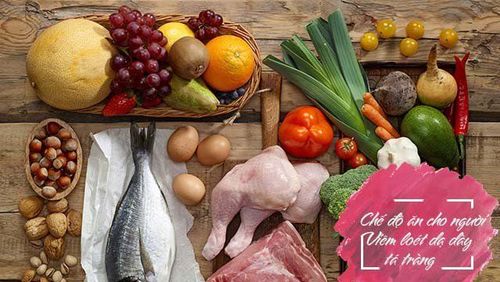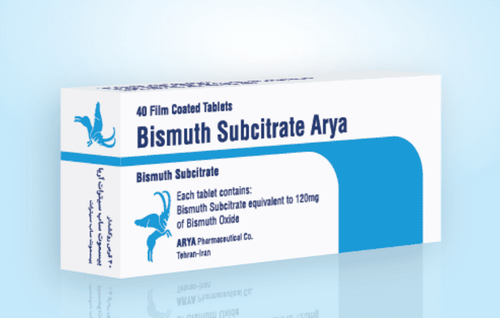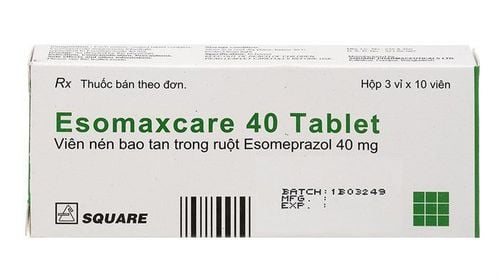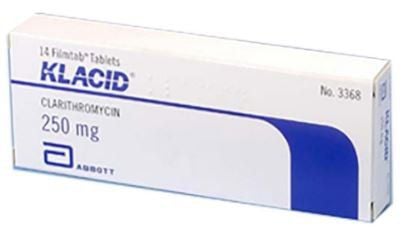This is an automatically translated article.
This article is professionally consulted by Master, Doctor Vu Quoc Anh - Pediatrician - Pediatrics - Neonatology Department - Vinmec Danang International General Hospital. The doctor has nearly 10 years of experience as a resident and treating physician.Peptic ulcer disease - duodenal ulcer is not a common pediatric disease, but now more and more children have stomach ulcers due to unscientific diets and activities.
1. Causes of stomach ulcers in children
Gastritis and peptic ulcer disease can be divided into primary and secondary groups. Most primary gastritis is known to be caused by infection with helicobacter pylori (HP).Secondary gastritis can be in the stomach or duodenum and is caused by etiologies such as: Drug stress (aspirin, non-steroidal anti-inflammatory drugs, corticosteroids,...), shock, kidney failure, infection,... Helicobacter pylori is a gram-negative spirochete found in and below the lining of the stomach lining.
Childhood peptic ulcer disease commonly occurs in developing countries and is associated with low socioeconomic status, polluted water, low culture, chewing habits, and feeding rice to children. At an early age (before 2 years old), feeding a child all leads to transmission among family members.
2. Symptoms of stomach ulcers in children
Clinical symptoms of the disease manifest with two situations including complications or gastrointestinal symptoms:Manifestations of complications: Gastrointestinal bleeding with vomiting blood or black stools; pyloric stenosis with recurrent vomiting, sometimes with hematemesis or perforation. Gastrointestinal bleeding can cause anemia. Malnutrition may be present. Gastrointestinal symptoms: Recurrent abdominal pain and vomiting, pain in the epigastrium or around the navel, pain after eating, pain in the middle of the night. Abdominal pain is the most common symptom in children. Pain may be meal-related as is postprandial pain. In older children, epigastric pain is often similar to adults, dull, dull pain, sometimes with a burning sensation in the epigastrium.

Bệnh nhi có thể thường xuyên bị đau bụng, đặc biệt là vùng thượng vị
3. Diet for children with stomach ulcers
Ensure adequate nutritional needs for children: vitamins, micronutrients, mineral salts according to age and weight. Eat small meals to reduce the digestive burden on the stomach, eat pureed cooked foods. During meals, do not eat and drink, especially carbonated drinks. Use protein sources from meat (lean pork shoulder, chicken breast), eggs (steamed, creamy caramel, soup), milk. Limit foods that irritate the stomach lining: Sausages, sausages; tough, fibrous foods, meat with tendons, cartilage, raw vegetables, high fiber vegetables; sour foods, pickles, onions, sour fruits, etc. Use vitamin sources from vegetables (potatoes, sweet potatoes with beta-carotene and vitamin C). Don't let your child eat rice too early. Young children should be breastfed, breastfeed often. For older children, they should not only eat rice with soup because that way the child refuses to chew, but only swallows, causing a burden on the stomach.
Bệnh nhi bị viêm loét dạ dày cần có chế độ ăn uống hợp lý
4. Prevention
Encourage children to practice moderate sports so that the body has resistance to diseases. Limit children playing video games or watching TV or computers too much. Eat a lot of vegetables and fruits that do not affect the stomach, get enough nutrients, avoid staying up late, get enough sleep 8-10 hours/day. Chat, close when children are stressed in learning. In particular, do not feed your child rice to avoid HP infection. If the child has signs of prolonged abdominal pain or severe abdominal pain, it is necessary to seek medical attention immediately to avoid dangerous complications.Besides, parents also need to supplement their children with essential micro-minerals such as zinc, lysine, chromium, selenium, vitamin B1, ... to fully meet the nutritional needs of children. The addition of these essential vitamins will help support digestion, enhance nutrient absorption, help improve anorexia, and help children eat well. Parents can simultaneously apply dietary supplements and functional foods derived from nature for easy absorption. The most important thing is that improving your baby's symptoms often takes a long time. Combining many types of functional foods at the same time or changing many types in a short time can make the baby's digestive system unable to adapt and completely not good. Therefore, parents must be really patient with their children and regularly visit the website vimec.com to update useful baby care information.














